From bento boxes and bento dishes to food safety, here are my answers to your frequently asked questions about bento making.
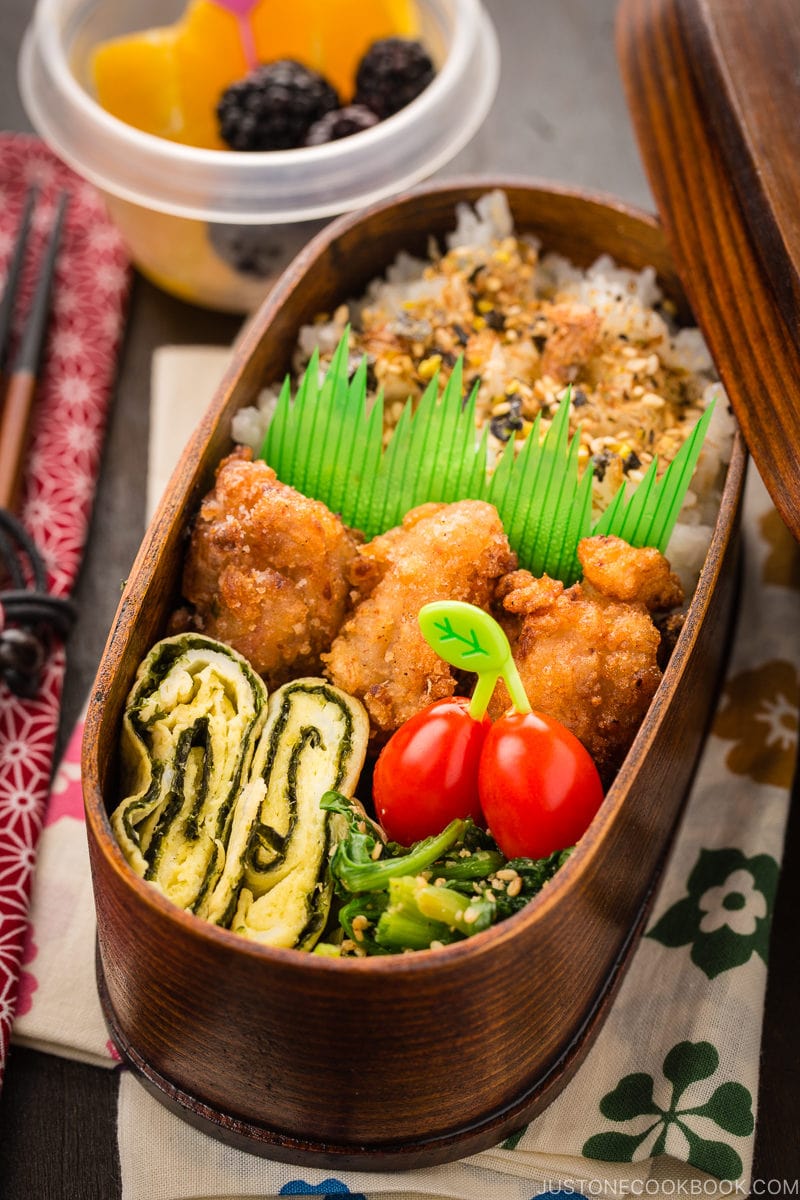
Bento – The Quintessential Japanese Lunch Boxes
Bento (弁当 bentō) or obento (お弁当 obentō) refers to a home-packed meal or takeout food presented and packed in a compartmentalized lunch box.
Many non-Japanese are familiar with the term “bento” and are starting to pack their lunches in bento-style containers. However, I often get asked questions regarding the type of food to pack, how to make the bento appealing, food safety, tips to save time, etc. Some readers express their struggles in packing Japanese-style bento because it seems to be too time-consuming.
So, I’ve compiled all the FAQs and provided my answers and guidance below:
Frequently Asked Questions by Readers
Q: Do I need to pack Japanese food for my bento? What do I pack?
No, you don’t have to pack Japanese food. I pack Japanese food because that’s what I cook every day. Even though bento is designed for the Japanese meal format, you can still apply the same formula to whatever food or cuisine you make at home. A good bento follows three key ideas: nutritious, colorful, and well-portioned. As long as you keep these in mind, you can pack the food you typically make at home.
Q: How do I make bento?
I have written 2 guides on how to pack bento. You can find all the information in the posts:
Q: Is bento making time-consuming?
Well, it depends on how you want to prepare it. A lot of my friends in Japan wake up early to make lunch for their husbands and kids. But I don’t, and this is how I pack bento in 15 minutes. As I wrote in the post, I rely heavily on my frozen, meal-prepped dishes and leftover foods from the previous day. It’s pretty quick to reheat the food or pack frozen food into the bento box. Occasionally, I allow myself to cook only one dish in the morning to keep the routine stress-free.
Q: When do I prepare it? Can I make it the night before?
I recommend preparing bento on the morning of the day you plan to eat it because some foods can lose texture if left overnight in the refrigerator, and it’s not ideal for food safety. If most of the food is prepared the night before, you can simply reheat it in the morning, which should take no more than 15 minutes. Prepare the bento before breakfast, and let it cool down (for food safety) while you eat breakfast. Once you get the hang of it, it’s very simple.
However, if you cannot spare 15 minutes in the morning, you can prepare the bento at night and keep it cool until lunchtime. Just before lunch, reheat the bento using a microwave oven. If reheating isn’t an option, pack foods that can be kept cool throughout the day and still be enjoyable at a cool temperature.
Q: How do you make the hot foods hot and cold foods cold?
Use an insulated food container, such as a thermal lunch box, to keep hot foods hot. Include one or two ice packs into your lunch bag to keep cold food cold.
Q: Do we eat bento cold or at room temperature?
Traditionally, Japanese bento is sold or eaten at room temperature. We choose the menus by considering what foods taste better at room temperature.
For instance, food soaked in an oily sauce doesn’t taste as good when the oil solidifies. Surprisingly, deep-fried foods can still be enjoyable if reheated in the morning until crispy in an oven or toaster oven, then cooled completely before closing the bento box lid.
Each person has their own preferences regarding which foods are acceptable at room temperature, so you may want to experiment and decide for yourself.
However, bacteria thrive on moisture and protein at room temperature. If you’re unfamiliar with this topic, please read my post “Food Safety Tips for Bento.” Remember the three key points: thoroughly reheat, let cool completely, and keep cool with ice packs until mealtime.
If you have access to a microwave oven, pack foods meant to be eaten warm separately in a microwave-safe container to avoid reheating salads or fruits.
Q: Any tips for making nutritious and exciting bento for elementary school kids?
I have a few tips based on my own experience:
- Prepare 5 types of food – Read this post where I discuss this with examples, keeping nutrition in mind!
- Work with rainbow colors – Using rainbow colors is an easy way to ensure a variety of healthy foods in their bento. If there are too many brown dishes, it might be time for a color check.
- Make the bento colorful and cheerful! – Picky eaters are more likely to try foods when they’re presented in a fun and appealing way. A cute, colorful bento always grabs more attention than a dull one. Start with simple food art like apple bunny, ham flower, and octopus sausage, or piggy spam musubi to catch their interest. You can also use cute food picks!
- Don’t overpack their lunch – Children love showing an empty bento box when they return home, especially when Mom asks, “How was lunch?” To encourage them to eat everything, avoid overpacking. My children have just 30 minutes for lunch and playtime (with about 10 minutes for actual eating). They prefer playing with friends, so I pack smaller portions compared to what they’d eat at home. I include healthy snacks and fruits for after-school activities to complement their smaller lunch portion.
- Try one food at a time – If your children are picky eaters and reluctant to eat lunch, take it easy. Start with one dish and gradually increase the portion (with praise when they finish!). If they’re hungry, they’re more likely to eat what you’ve packed. It’s about creating interest and developing a palate for a variety of foods.
Q: How do I pack bento for the older generation?
Japanese bento is for all ages. While there isn’t a special meal exclusively for the older generation, in my experience, they tend to prefer softer-textured foods and traditional Japanese dishes, such as grilled fish rather than deep-fried foods.
Q: What Japanese dishes go well together?
This is a bit of a hard question to answer. Simply speaking, any dish would go well together as long as you pack similar type of food in the box—be it washoku (traditional Japanese food), yoshoku (western-influenced Japanese food), or chuka ryori (Chinese Japanese food). It often comes to down personal preferences, so you can definitely mix and match your dishes.
This can be a bit of a difficult question to answer. Generally speaking, any dishes will complement each other as long as you pack foods of similar types in the box—whether it’s washoku (traditional Japanese food), yoshoku (western-influenced Japanese food), or chuka ryori (Chinese Japanese food). It often comes down to personal preferences, so feel free to mix and match your dishes.
For examples:
- Spaghetti Meat Sauce (yoshoku) + Green Bean Gomaae (washoku)🙅🏻♀️
- Grilled Mackerel (washoku) + Cucumber Salad (washoku) 🙆🏻♀️
- Japanese Croquette (yoshoku) + Spinach Namul (Korean) 🙆🏻♀️
- Gyoza (chuka ryori) + Macaroni Salad (yoshoku) 🙅🏻♀️
- Meat Doria (yoshoku) + Harusame Salad (chuka ryori) 🙅🏻♀️
Some of these combinations can be delicious too!
Q: Do we need to worry about different textures and flavors in the bento?
Eating foods with different textures and flavors can enhance appetite. If the main dish is seasoned with a soy sauce base, consider avoiding similar-flavored dishes and go for refreshing vegetables instead.
Additionally, remember that foods at room temperature often taste better when they are more flavorful. Consider adding extra seasoning to the bento ingredients or concentrating the sauce before adding it to the bento.
However, the choice is entirely up to you. There are no strict rules regarding textures and flavors when packing a bento.
Q: How do you make budget-friendly bento?
Whether it’s bento or a regular meal, planning ahead can help minimize food waste. If you buy a head of cabbage, for example, make sure you can use it in multiple dishes throughout the week rather than for just one.
I have a blog post titled “How to Meal Prep Bento: $3 Bento Challenge,” where I meal-prepped and made three types of bento for under $3 each.
Q: How do you keep the bento safe in hot weather?
Assuming that the backpack or lunch bag is kept outdoors until lunchtime, it’s a good idea to invest in an insulated lunch bag like this or this and pack ice packs for the bento to remain cool.
I hope I’ve answered your questions. If yours is not covered, leave a comment below, and I’ll try to answer in the post!
Wish to learn more about Japanese cooking? Sign up for our free newsletter to receive cooking tips & recipe updates! And stay in touch with me on Facebook, Pinterest, YouTube, and Instagram.
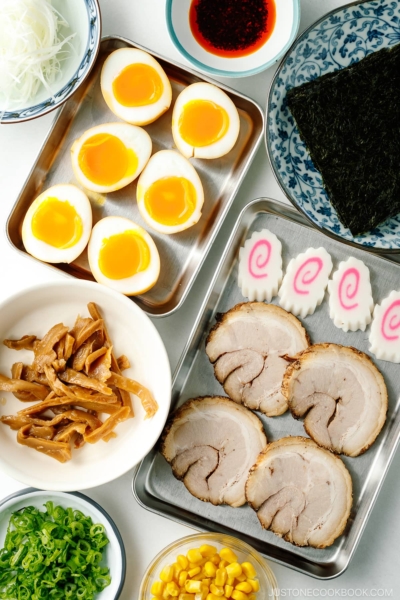
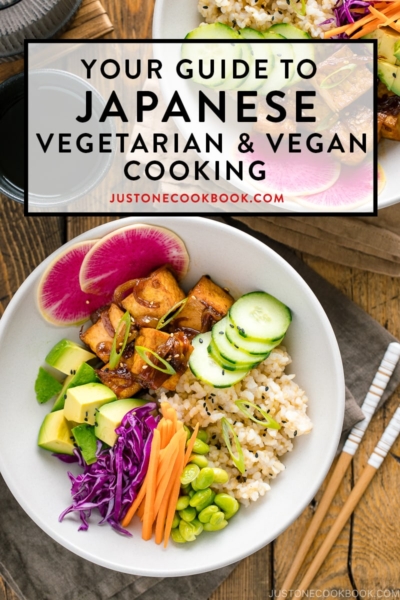
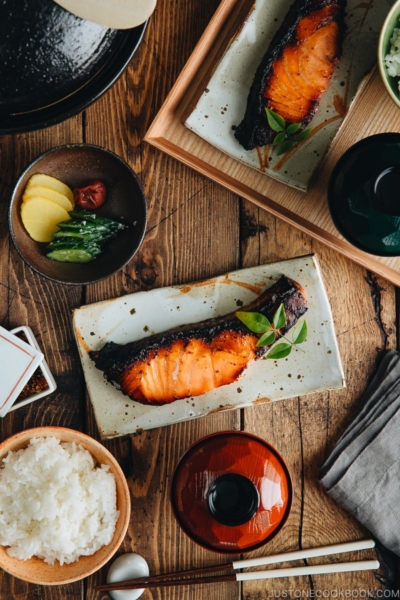
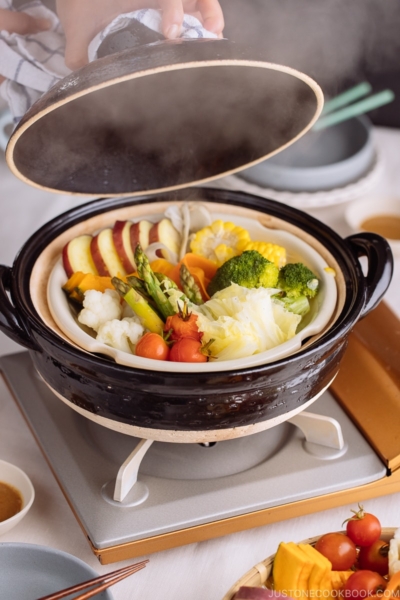




Hi! I don’t eat meat very often and I find that bento recipes rely on it quite heavily. Of course, protein is satisfying without weighing you down, so it’s a great option for lunch. So I wonder about other protein sources for bento. I use tofu (which I don’t want to use too much either) or eggs, but does anyone have other ideas how to get some protein into bento lunches?
Hi idontlikechocolatebrownies, Thank you very much for reading Nami’s post!
How about these items for the protein sources for bento?
Soybean, different types of beans, high protein vegetables like broccoli, fried tofu, use quinoa instead of rice, instead of meat, use seitan, etc.
We hope this helps!
Hi Nami san. What would be the perfect bento size for a preschooler, specifically 4-5 yr old that is a picky eater? I saw in your post that we should pack the bento tightly to avoid shifting but when I bought bento boxes on amazon, even when it says kid bento box, the size looks big enough for an adult and always very deep. There’s no way my kid is going to finish his food if I pack these boxes tightly. Can you share a link to the bento boxes you use? Thank you.
Hi Hailey! Thank you very much for reading Nami’s post!
For small kids, Nami recommends this size bento box: https://amzn.to/3ZWuMj4
For 2nd/3rd grade kids, Nami recommends LunchBots (https://amzn.to/3C78yvm) as well.
We hope this helps!🙂
Hey! I love your post’s so much!… i have started to cook japanese a few months ago and decided to buy a bento box! But theres one thing that’s unclear to me.. i still go to school and eat there 1 a week. If i cooked a hot meal the evening before eating it for lunch, how can i keep it warm? maybe i have 15 minutes or so at the morning to heat it up, but will that last for about 4-5 hours if i want to eat it warm?
Hi Luisa! Thank you very much for reading Nami’s post and for your kind feedback!
The best way to keep the food warm in the bento box is to use an insulated food jar. THERMOS and Zojirushi bento boxes are very popular brands in Japan, and keep the food warm until you enjoy the bento at lunchtime!
We hope this helps!